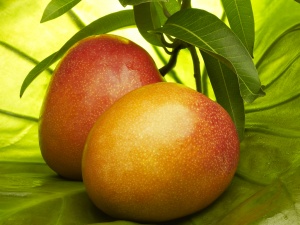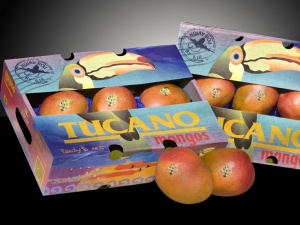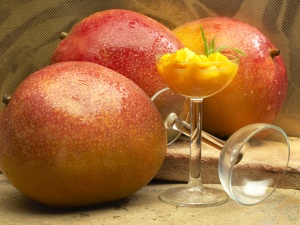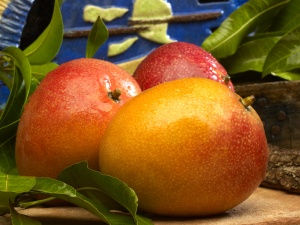MANGO
Mangoes are among the most delicious fruits in the world… if they are harvested at the right moment. Before they are cut, we have to wait and let the tree sweeten the fruit to perfection. This, together with a quick and efficient supply chain, is the only way to obtain mangoes which, once tasted, become our clients' favourite tropical.
REASONS TO EAT IT
- Mangoes contribute to a healthy skin and slow down the ageing process
- Mangoes strengthen the arteries, benefiting people with circulation problems
- Mangoes help to lower high blood pressure
- Mangoes reduce the risk of deteriorating eyesight.
VARIETIES
More than 400 varieties of mangoes are cultivated around the world. The main varieties sold ready to eat, red and large calibre, are: Kent, Haden, Keith and Palmer. The Ataulfo and Irwin varieties are smaller, yellow and very sweet.
PACKAGING FORMATS
We sell our mangoes in 6 kilo boxes, covering each fruit with a mesh to protect it.
They are transported by air to ensure the mangoes are always at peak ripeness and ready to enjoy.
BRANDS
We mainly sell our mangoes under the TUCANO brand.
| values per 100 gr | |
|---|---|
| Calories | 65 Kcal. |
| Protein | 0.51 gr. |
| Carbohydrates | 17 gr. |
| Fibre | 1.8 gr. |
| Calcium | 10 mg. |
| Iron | 0,13 mg. |
| Vitamin C | 27,7 mg. |
| Cholesterol | 0 mg. |
NUTRITION INFORMATION
Ripe mangoes are rich in vitamin A. The flesh is easy to digest, with a slight laxative effect. They also contain abundant minerals, such as calcium, iron, potassium, copper and magnesium.
Mangoes are excellent for skin problems and for convalescents.
ORIGIN AND CHARACTERISTICS
Mangoes were first grown about six thousand years ago, and were a staple food for tropical peoples.
The shape varies, and they can be round, oval or kidney-shaped. Their smooth skin may be green, yellow, red or a combination. The flesh is yellow, sweet and juicy, with a heavenly fragrance.
Mango trees can live for over a century and reach a height of 40 metres.
For many, this is the finest of all tropical fruits.





